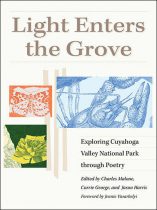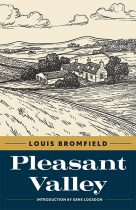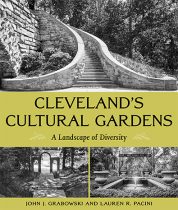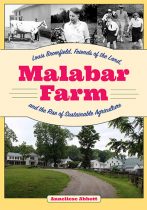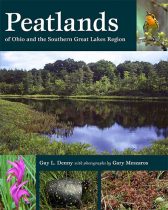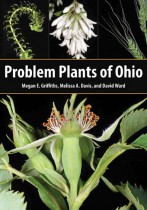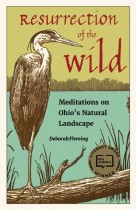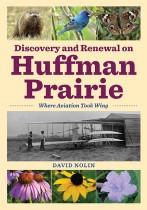Ghosts of an Old Forest
Deborah Fleming | Filed under: Nature, Recent Releases, Regional Interest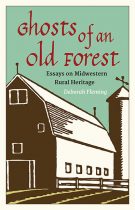
In the Ohio counties of the Allegheny Plateau, 19th-century barns hewn from old-growth wood rest near remnant forests, reminders of the state’s deep agricultural roots and rich ecological past. Through 14 linked, meditative essays, Deborah Fleming, author of the award-winning Resurrection of the Wild: Meditations on Ohio’s Natural Landscape, persuasively and passionately argues for protecting these vestiges of the region’s natural and rural history.

